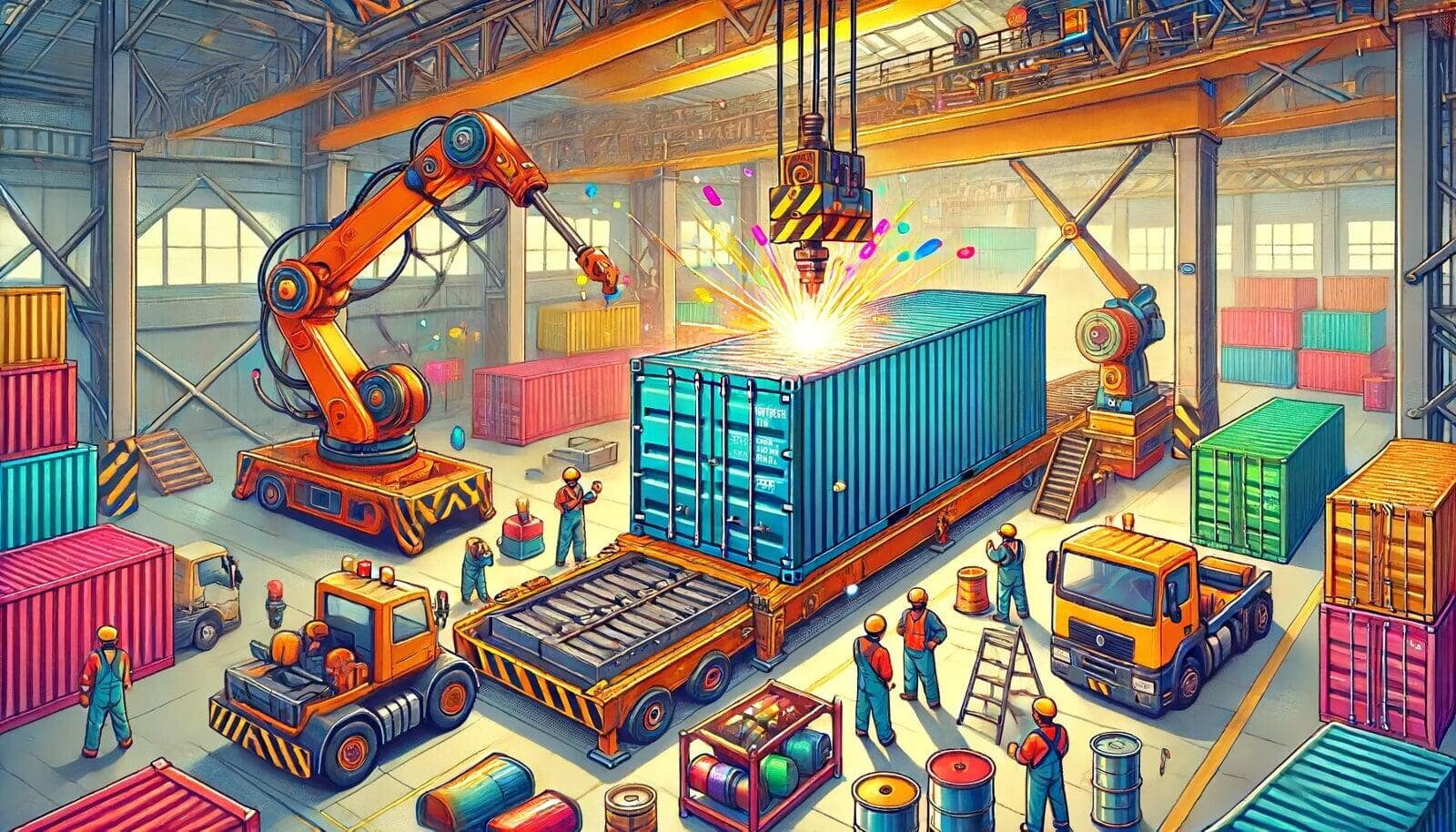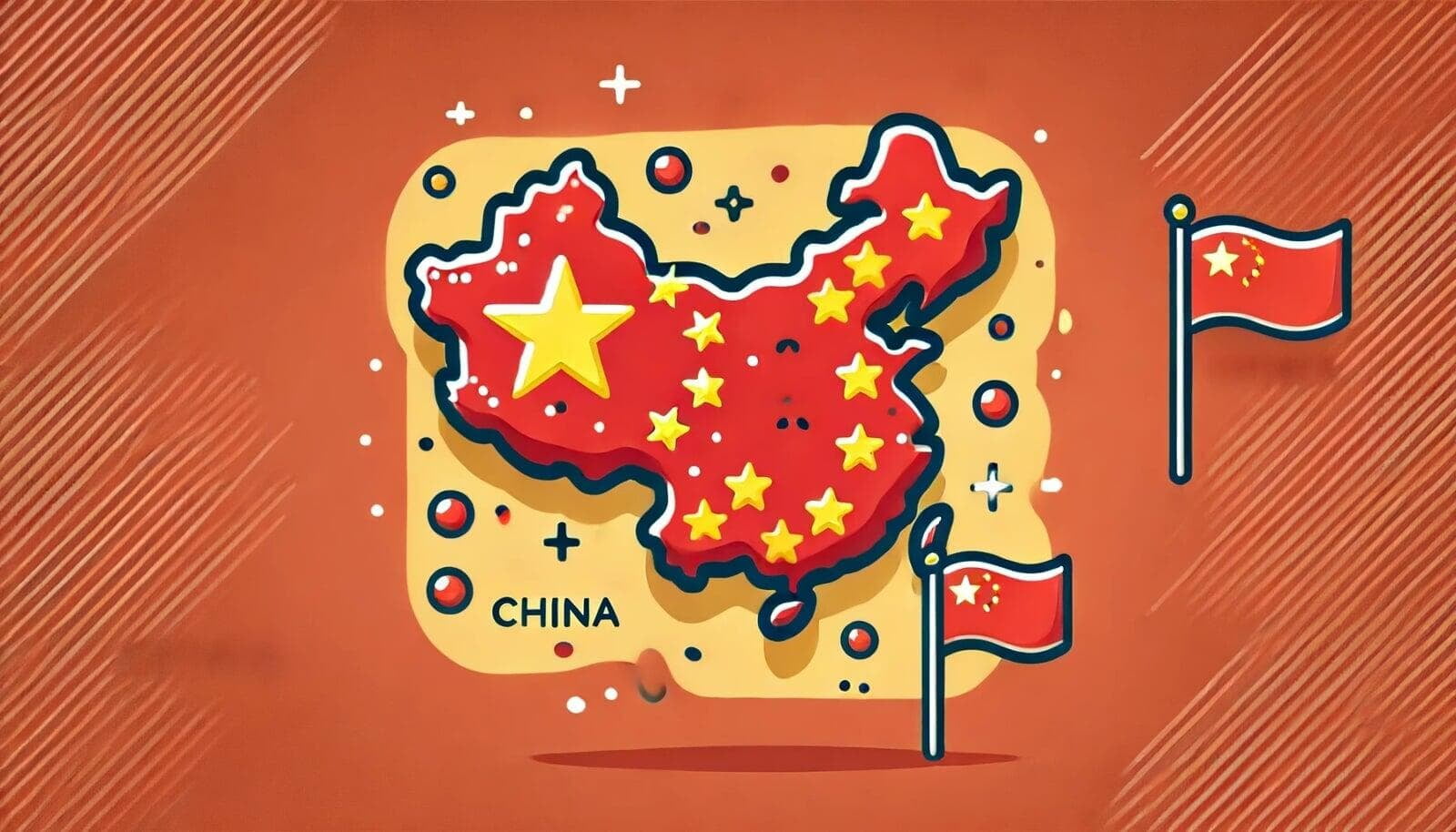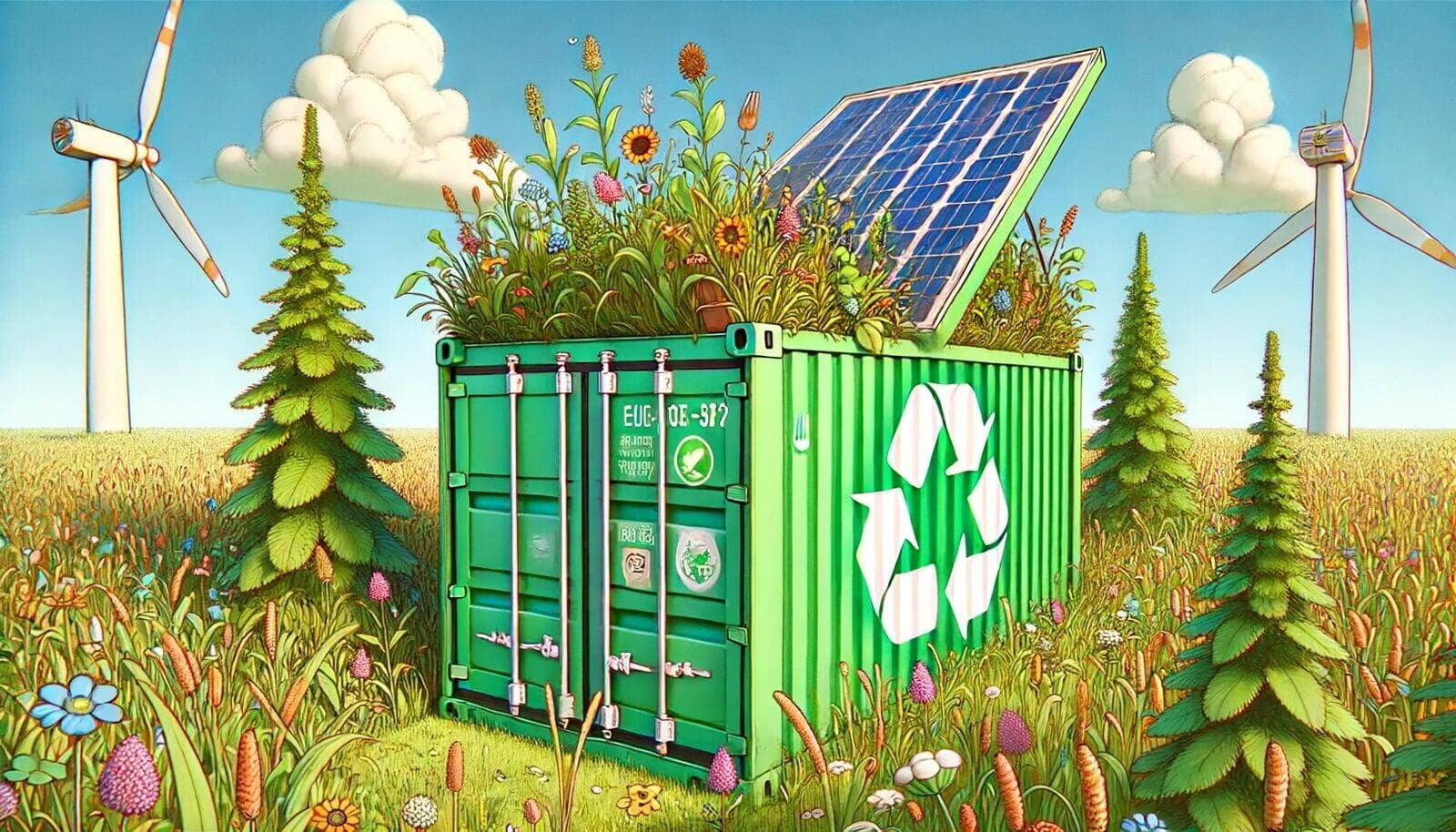
Shipping containers, the backbone of modern trade, have revolutionized global commerce by providing a standardized, efficient means of transporting goods across the world. But where exactly are these ubiquitous steel boxes built? This article delves into the primary regions and processes involved in the construction of shipping containers, highlighting the key players in this essential industry.
The Epicenter: China
China is the undisputed leader in shipping container manufacturing, producing over 95% of the world's containers. The reasons behind China's dominance in this industry are multifaceted:
- Economies of Scale: China's vast manufacturing capabilities allow for significant economies of scale, making production more cost-effective.
- Integrated Supply Chain: The country has a well-developed supply chain for steel, which is the primary material used in container manufacturing. This integration reduces costs and enhances efficiency.
- Skilled Labor Force: China boasts a large, skilled workforce adept in various manufacturing processes, ensuring high-quality production.
- Government Support: Chinese government policies often support manufacturing industries through subsidies and infrastructure development, further boosting their global competitiveness.
Key cities in China where container manufacturing is concentrated include Shanghai, Shenzhen, and Qingdao. These cities host major container manufacturing companies like China International Marine Containers (CIMC), Dong Fang International Container, and Singamas Container Holdings, which are responsible for the lion's share of global production.

Emerging Players: Southeast Asia
While China remains the dominant force, other regions in Southeast Asia are gradually increasing their footprint in the container manufacturing industry. Countries like Vietnam, Thailand, and Malaysia are emerging as potential competitors. These countries offer lower labor costs and are increasingly attracting investments from companies looking to diversify their manufacturing bases.
Europe's Specialized Production
In Europe, container manufacturing is more specialized and less prevalent compared to Asia. European manufacturers often focus on custom or high-spec containers used for specific purposes, such as transporting specialized equipment or hazardous materials. Countries like Germany, the Netherlands, and Poland have companies that produce these niche containers. Despite the higher labor costs, European manufacturers maintain a competitive edge through innovation, quality, and adherence to strict environmental and safety standards.
North America's Niche Market
The United States and Canada have a relatively small but significant container manufacturing sector. Similar to Europe, North American companies often specialize in custom containers and those designed for specific industries like military applications, high-security transport, or unique environmental conditions. The higher production costs are offset by the ability to offer tailored solutions and superior quality.
The Manufacturing Process
The process of building a shipping container involves several key steps:
- Design and Specifications: Containers are designed to meet International Organization for Standardization (ISO) standards to ensure they can be used globally.
- Material Preparation: Steel is cut and prepared for the construction of the container's frame and panels.
- Assembly: The frame is assembled first, followed by the welding of panels and reinforcement of corners.
- Surface Treatment: The containers are then treated with protective coatings to prevent rust and corrosion.
- Quality Control: Each container undergoes rigorous quality control checks to ensure it meets international standards.
- Certification: Finally, containers are certified for use and ready for deployment in global shipping networks.

Environmental and Technological Innovations
As environmental concerns and technological advancements continue to shape industries worldwide, the shipping container manufacturing sector is no exception. Innovations in eco-friendly materials, energy-efficient production processes, and smart container technology (such as IoT-enabled tracking systems) are increasingly being integrated into the manufacturing process. Companies are investing in research and development to create more sustainable and efficient containers, reflecting the growing demand for environmentally responsible logistics solutions.
Conclusion
The manufacturing of shipping containers is a complex and globally dispersed industry, with China leading the way due to its extensive manufacturing infrastructure and cost advantages. However, other regions are making significant strides, contributing to a diverse and competitive market. As the industry evolves, innovations in technology and sustainability are set to play a crucial role in shaping the future of container manufacturing. Understanding where and how these essential components of global trade are built provides insight into the intricate web of modern commerce and the ongoing efforts to enhance its efficiency and sustainability.


